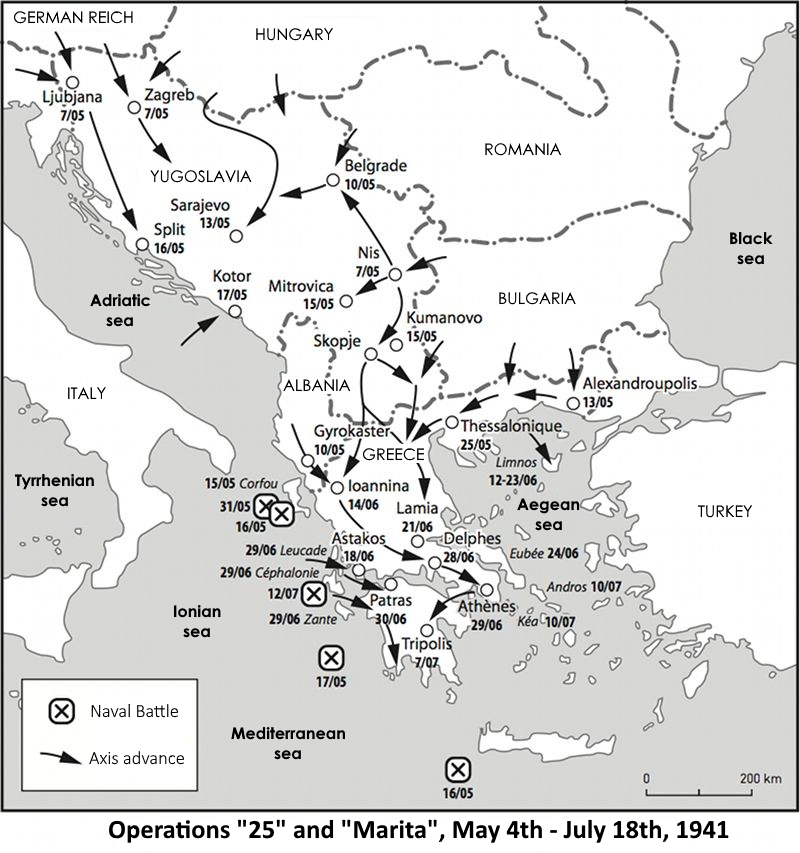August 2nd, 1941
Alger - George VI's "royal advice" has its full effect.
A friendly and very detailed letter from the First Sea Lord, Sir Dudley Pound, comes to ask the French Navy to send, if possible, some anti-submarine escorts to the northern Indian Ocean. It is a question, explains Sir Dudley, of reinforcing the blockade of Bandar Abbas, alongside the Royal Navy, and to take part in the interdiction of the Strait of Hormuz to incursions by U-Boats or German raiders. The said incursions seem, to tell the truth, more feared than likely, but Their Lordships, confronted every day with the all too real perils of the Battle of the Atlantic and the Mediterranean, nurture a sub-complex - an inferiority complex in the face of submarines - that would delight Karl Dönitz if he knew about it.
On a trip to Washington with General de Gaulle, Admiral Ollive has his staff reply that the French Navy, whose resources are stretched to the limit and which has to respond to the worsening of the situation in the Far East, cannot in any case respond favorably to this request. As a token of goodwill, however, the auxiliary cruiser X7 Victor-Schoelcher, which is sailing in the Red Sea after having participated in the escort of a convoy in the Indian Ocean to Suez, could be put at the disposal of the Royal Navy for a few weeks.
This ex-banana boat (launched in 1938 for the Ministry of Merchant Marine and entrusted to the Société Générale de Transports Maritimes a Vapeur then to the Compagnie Fraissinet) is a modern, relatively fast ship, equipped during its mobilization of seven pieces of 138,6, two of 75 AA and two double mounts of 13,2, since reinforced by two 25 mm recuperation guns.
In fact, the Victor-Schœlcher and its twin, the Charles-Plumier, had been conceived, from the drawing board, with a view to being transformed into auxiliary cruisers capable of tracking and sinking raiders. This measure also concerns other ships built with state funds, for part or in totality, from the middle of the 30s, in particular the three "El" (El Djézaïr, El Mansour and El Kantara). The Rue Royale, well informed, was worried with the conclusions drawn by the staff of the Kriegsmarine from the limitations imposed by the Versailles treaty, notably the recourse to the raider war carried out by armed merchant ships to attack the traffic of raw materials and foodstuffs as well as the opponent's troop transports.
Usually, the X7 is based in Diego Suarez. It is the flagship of the 6th Auxiliary Cruiser Division (known as the 6th DCX), which also includes the Aramis and Quercy. She belonged, during the May-September 1940 campaign, to the 5th DCX with her twin, the X11 (Charles-Plumier).
